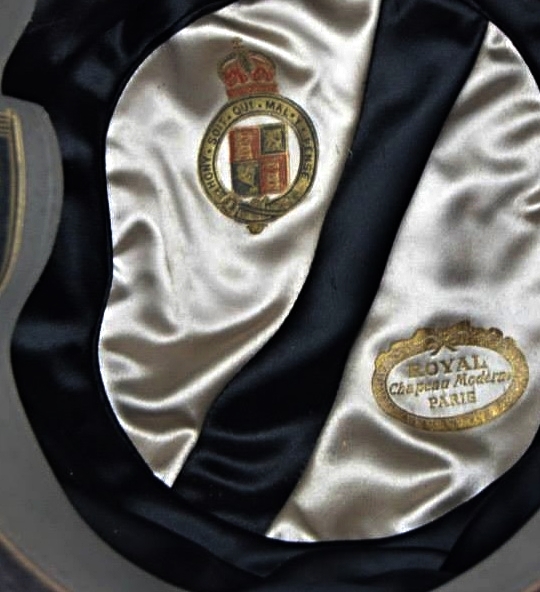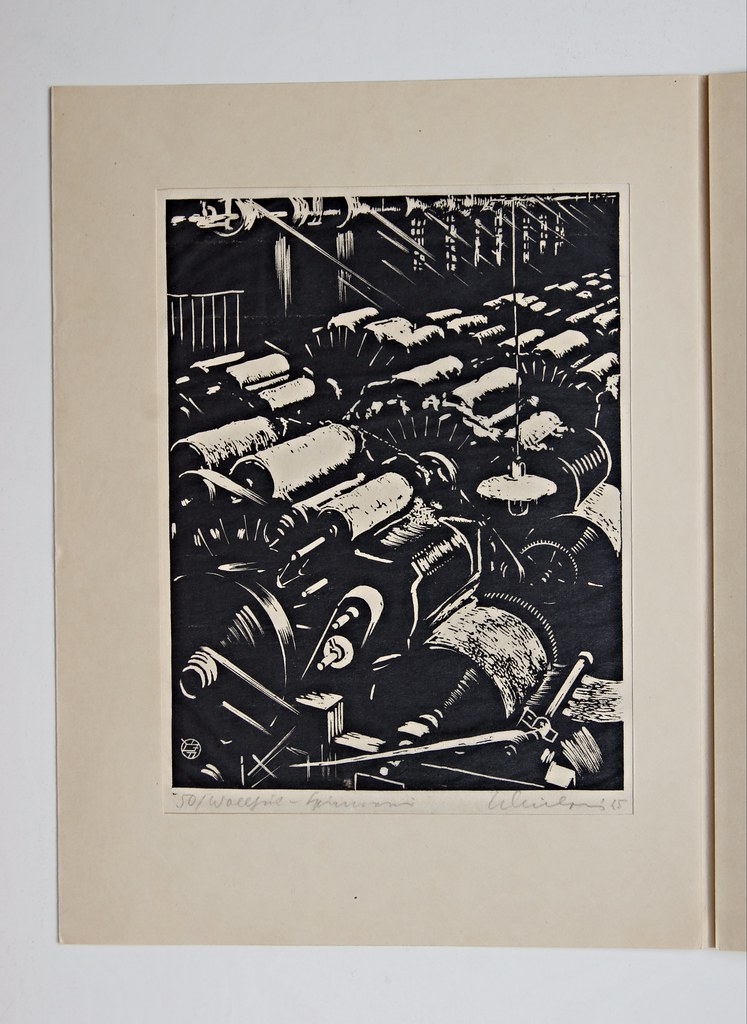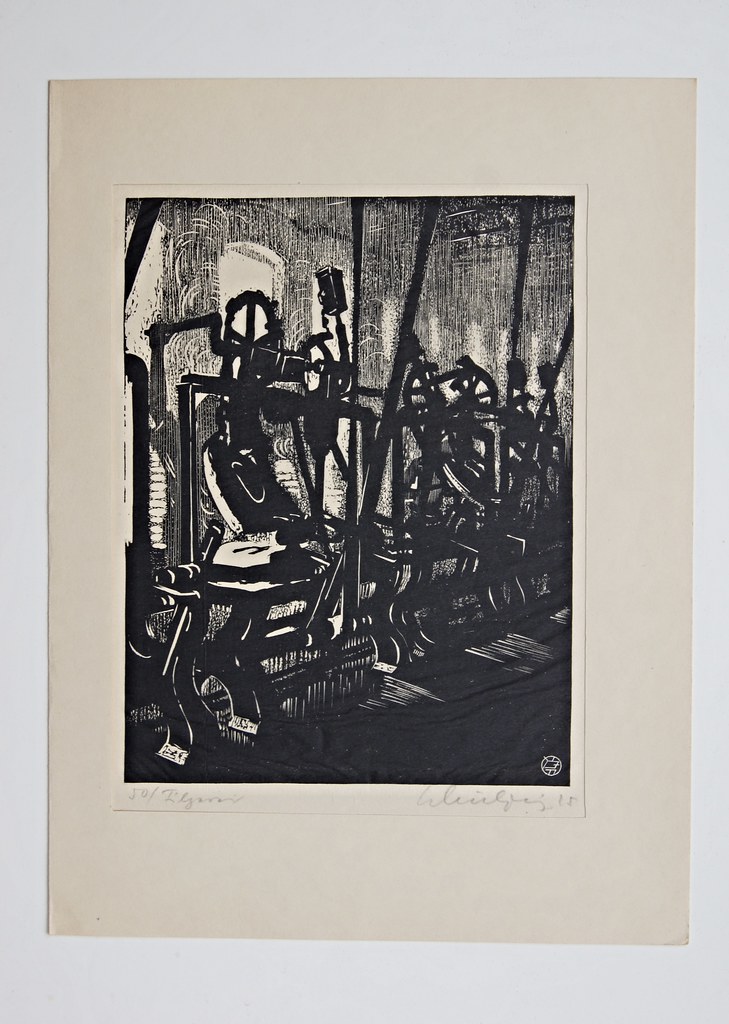- Messages
- 17,709
- Location
- Maryland
Hückel (Weilheim) Chevreau, 58 cm, probably late 1950s. Great felt color / finish and easily dry creases. As usual very fine dressing work.



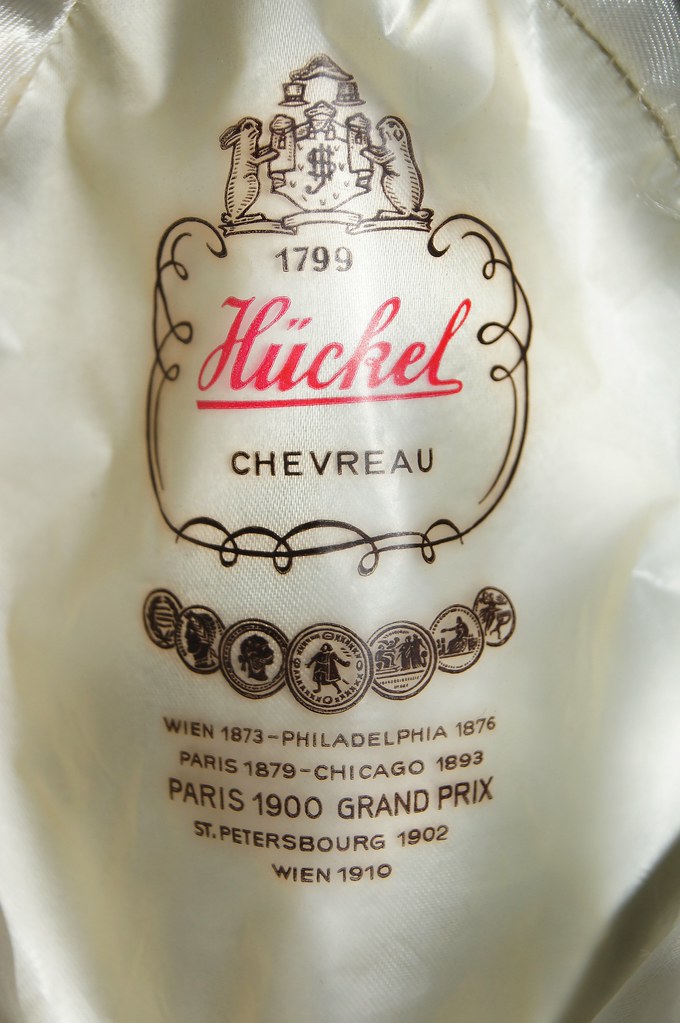


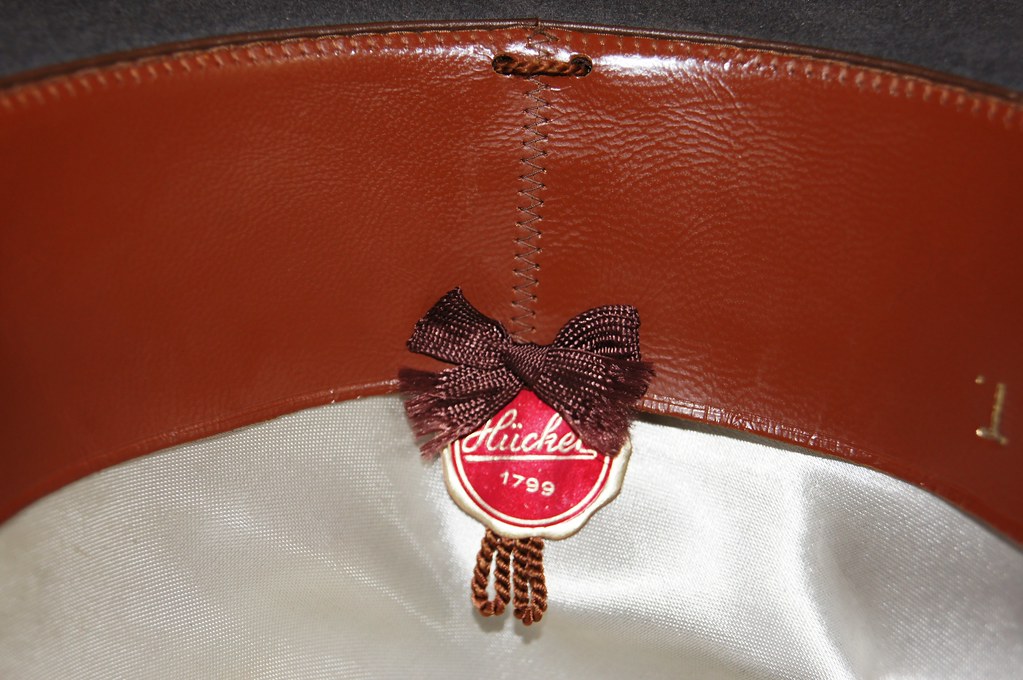
Open Crown
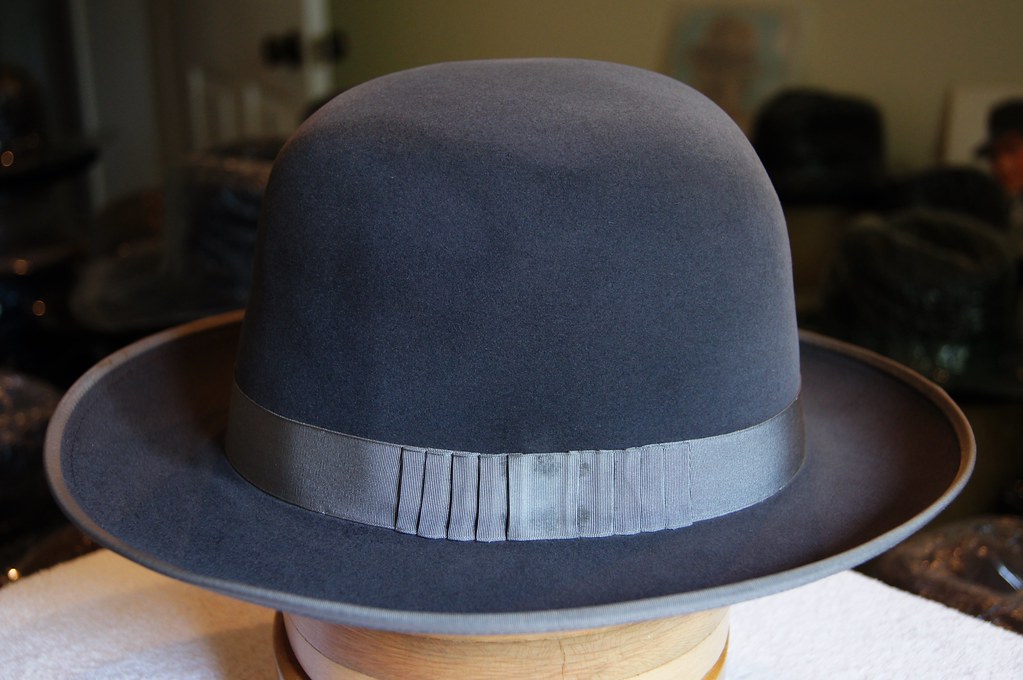








Open Crown

















